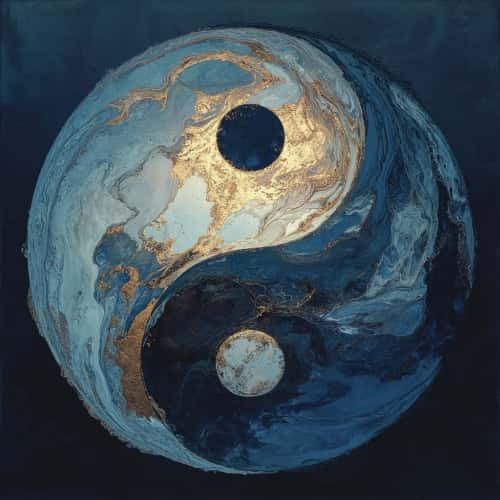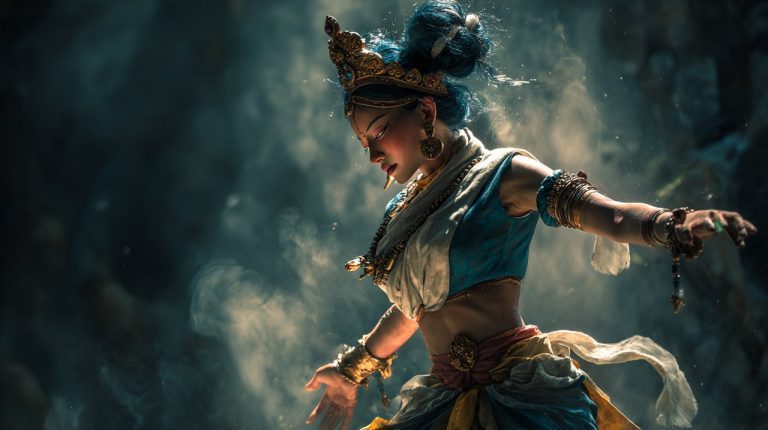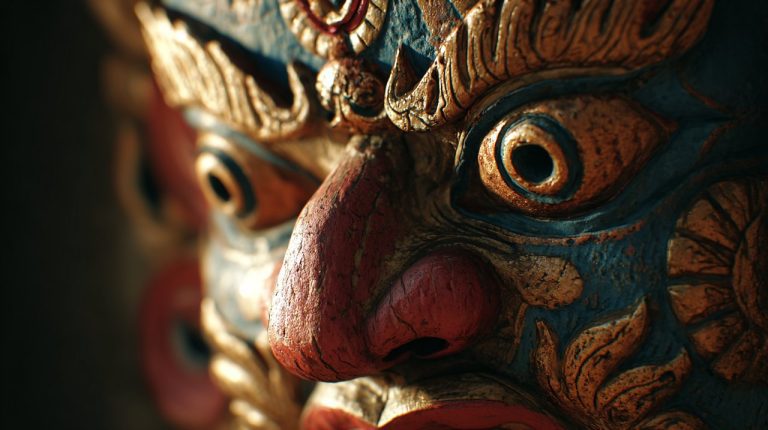Chinese Protection Symbols: Cognitive Anchors for Modern Well-being
In our fast-paced world, where resilience and inner peace are more sought after than ever, it’s fascinating to observe how ancient objects still hold such a powerful sway. Have you ever wondered why a simple string, a mythical creature, or even an animal image can resonate so deeply across generations? My take is this: the true power isn’t magic, but a remarkable blend of psychology, culture, and personal intention. Chinese protection symbols, in particular, are brilliant examples of ancient tools that tap into environmental psychology and positive suggestion.
The Psychology of Protection: Beyond Superstition
It’s easy, almost too easy, to dismiss traditional protective symbols as mere superstition. But if you have a curious and rational mind, like I do, you start asking a different question: what’s the real underlying mechanism?
What truly makes people feel safer, more prosperous, or calmer when these symbols are around? From my perspective, these aren’t just trinkets; they function as sophisticated cognitive anchors. Think of them as physical representations that, through rich cultural narratives and personal belief, subtly guide our mental states and behaviors.
Symbols as Visual Cues for Intent
Let’s take the vivid red of a red string protection. It’s not just a pretty color, is it? In Chinese culture, red powerfully symbolizes good fortune, vitality, and protection against negativity. So, wearing a red string bracelet significance becomes a constant, subtle reminder of your intention to welcome positive energy and stay protected.
This isn’t magic; it’s a continuous visual prompt that can, quite literally, shift your focus towards optimism and resilience. It’s a powerful psychological nudge.
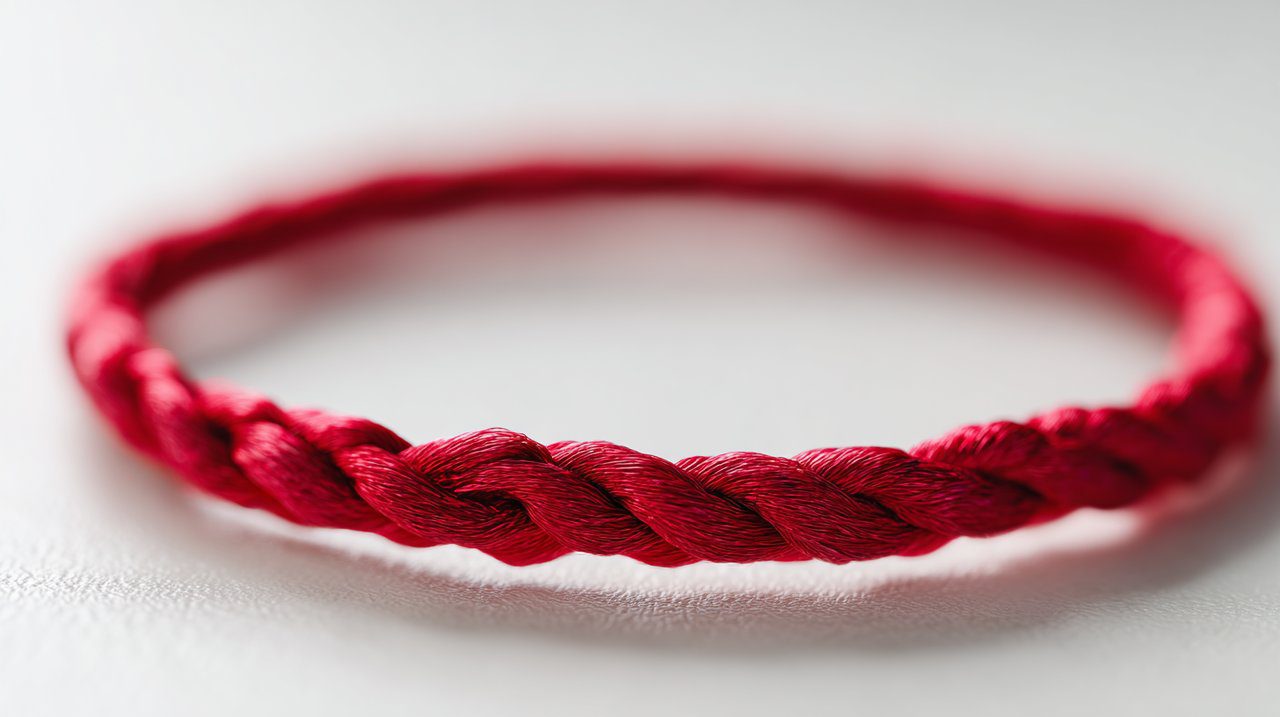
Cultural Narratives and Collective Belief
The true power of these symbols is deeply woven into shared cultural narratives. Think about it: when a symbol like the Pixiu is passed down through generations, along with stories of its incredible ability to attract wealth and ward off misfortune, it builds up a powerful collective belief.
This isn’t supernatural in the slightest. It’s a fascinating psychological phenomenon where a shared understanding shapes individual perception and expectation. So, the Pi Yao or Pi Xiu isn’t just a statue; it becomes a powerful narrative prompt, gently encouraging a mindset of financial vigilance and accumulation.
Guardians of Well-being: Iconic Chinese Symbols and Their Function
Chinese culture is incredibly rich with chinese protection symbols. Each one carries specific meanings, designed to enhance different aspects of life. These aren’t just pretty decorations, you see; they are, at their core, functional reminders of the states or outcomes we desire.
Their very presence in our environment acts as a constant reinforcement of our intentions. It’s about setting the stage for what you want to achieve.
Mythical Beings: Projecting Strength and Vigilance
Mythical creatures, in particular, are fascinating. They often embody desired qualities, acting as powerful archetypes that resonate deep within us. Take the Dragon, for example: it symbolizes power, nobility, and good fortune, effortlessly inspiring confidence and ambition.
Then there’s the Pixiu, that incredible hybrid beast, arguably one of the most prominent protection chinese symbol for wealth. Its legend—devouring treasure without expelling it—makes it a truly potent visual metaphor for accumulating and, crucially, retaining wealth. It prompts a specific mindset.
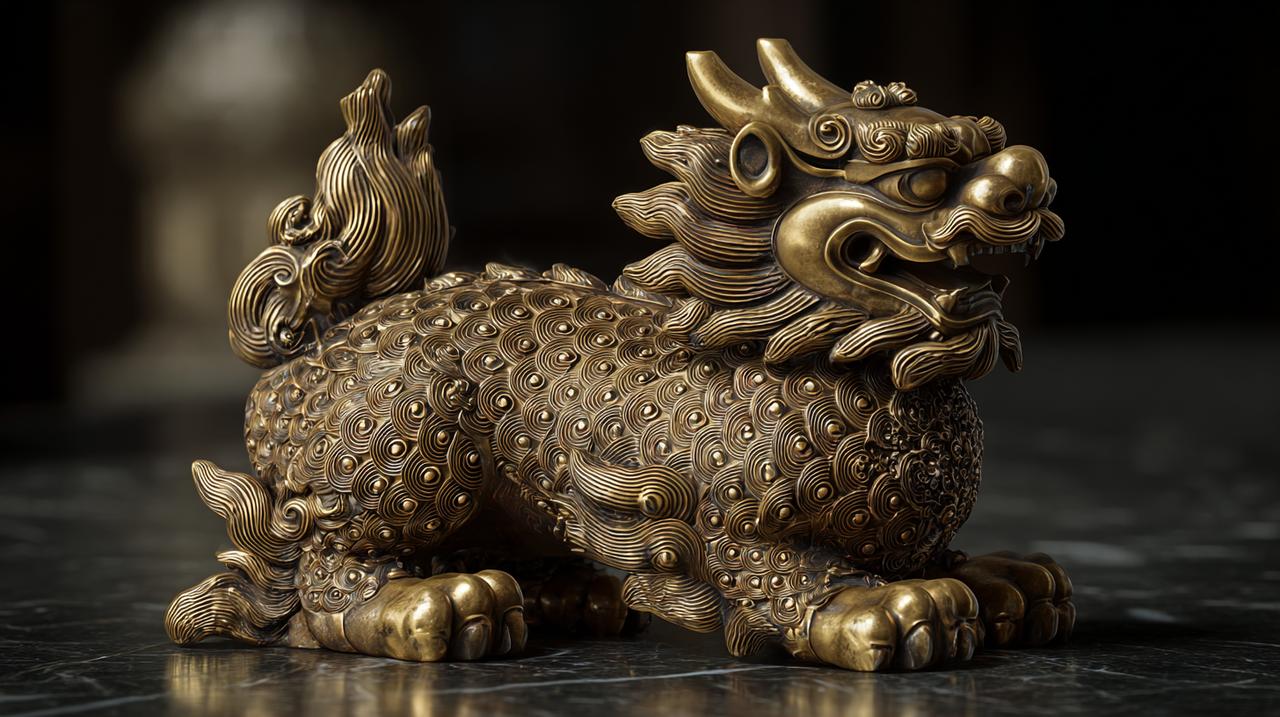
Everyday Objects: Anchoring Positive Energy
What’s truly brilliant is how many chinese symbol protection are derived from everyday objects. This transforms the mundane into something deeply meaningful.
Consider coins, especially ancient ones tied with red string; they symbolize prosperity and financial stability. Or gourds, known as Hulu, revered as a life symbol in chinese and chinese symbol of life. They’re believed to absorb negative energy and promote health, largely because of their natural form and strong link to traditional medicine.
These aren’t just objects; they become tangible anchors for our intangible aspirations, making abstract goals feel more real and attainable.
Cultivating Inner Harmony: Symbols for Serenity and Balance
Beyond just protection, many Chinese symbols are beautifully designed to foster serenity symbol in chinese and overall well-being. They serve as calming visual prompts, gently encouraging mindfulness and that elusive inner peace we all seek.
Nature’s Wisdom: Emblems of Calm and Growth
Nature, in its profound wisdom, offers a wealth of symbols for tranquility and personal growth. Take the lotus flower, for instance: emerging pure and pristine from muddy waters, it’s a powerful symbol of purity, enlightenment, and spiritual growth.
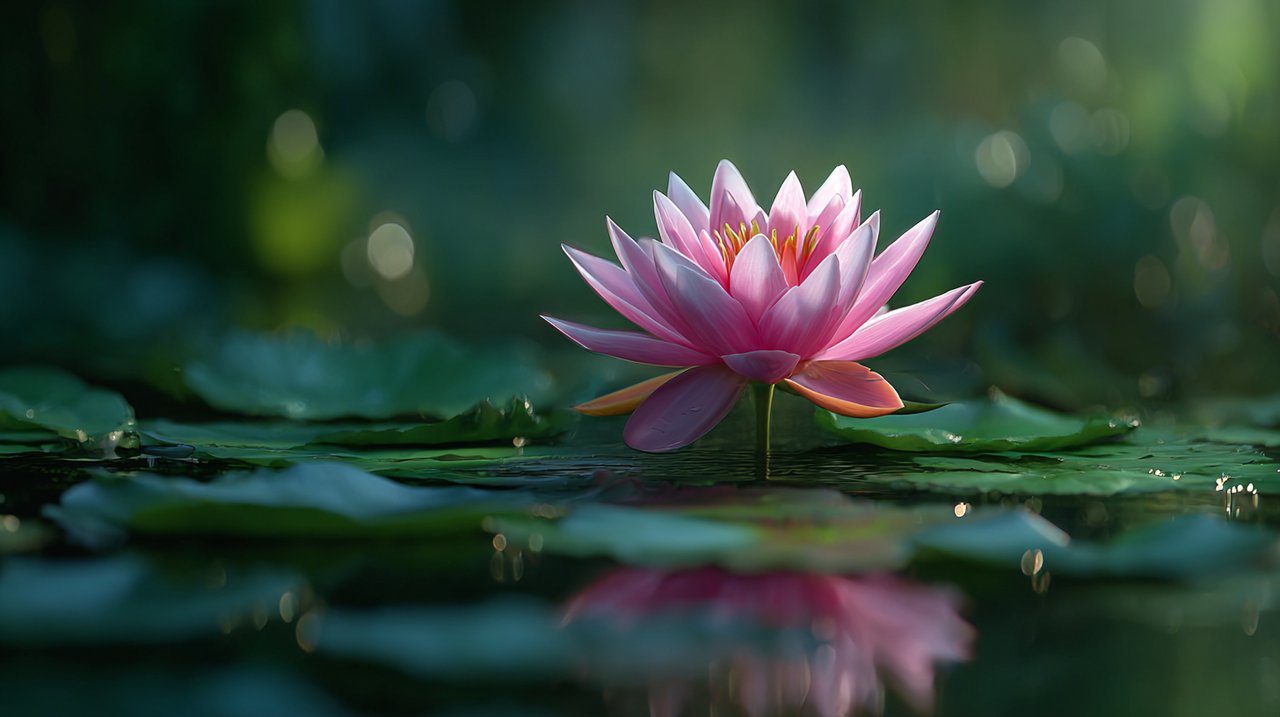
Then there’s the Koi Fish, with its graceful movement and the legendary tale of swimming upstream to become a dragon. It beautifully represents perseverance, strength, and abundance. Incorporating these symbols into your space isn’t just decoration; it’s a subtle invitation to truly reflect on these qualities within yourself.
Philosophical Concepts: Visualizing Balance
The Yin-Yang symbol, a true cornerstone of Taoist philosophy, perfectly illustrates the profound concept of balance and duality. It’s not about conventional physical protection, but something deeper.
Instead, it acts as a powerful philosophical prompt to seek harmony within opposing forces. Truly embracing its meaning encourages a balanced perspective on life, and that, I believe, is one of the most potent forms of inner protection against imbalance and stress.
Empowering Narratives: The Role of Symbols for Women
It’s fascinating to see how the chinese symbol female often beautifully reflects archetypal qualities associated with women in Chinese culture: think nurturing, resilience, wisdom, and fertility. These symbols are far more than just decorative items.
They are powerful narrative vehicles that celebrate and subtly reinforce these vital attributes, offering a unique form of empowerment.
Archetypes of Resilience and Nurturing
Consider the Phoenix, for example. It’s an incredibly powerful chinese symbol female, embodying rebirth, resilience, and transformation. Its legendary ability to rise from the ashes is such a compelling metaphor for overcoming adversity and emerging stronger.
Then there’s the Peony, symbolizing beauty, prosperity, and feminine grace. These symbols aren’t just pretty; they offer a tangible, positive affirmation of these cherished qualities.
Symbols of Fertility, Wisdom, and Prosperity
Many other symbols are specifically tied to various aspects of women’s lives. Pomegranates, bursting with seeds, are a traditional symbol of fertility and family prosperity.
And the mythical figure of Guanyin, the Goddess of Mercy, embodies compassion and wisdom, serving as a truly inspirational archetype for inner strength and benevolence. These symbols provide a tangible connection to deeply valued feminine attributes and aspirations, offering a constant source of encouragement.
Integrating Ancient Wisdom: Practical Application in Modern Life
Understanding the psychological underpinnings of chinese protection symbols is key. It allows us to apply them in a far more effective and mindful way. Let’s be clear: these are not magic wands.
Instead, think of them as powerful tools for focused intention and intelligent environmental reinforcement. It’s about consciously shaping your surroundings to support your goals.
Personal Environment: Creating a Supportive Space
By thoughtfully integrating these symbols into your home or workspace, you can truly transform it into a more supportive environment. Imagine a Pixiu in your office, acting as a daily, tangible reminder of your financial goals.
Or a lotus image placed in a quiet corner, gently prompting moments of mindfulness and calm. The real key here is to choose symbols whose meaning resonates personally with your current aspirations. This turns your space into a living, breathing visual blueprint of your intentions.
Wearable Reminders: Intent in Adornment
Wearing protective jewelry or an amulet bracelet offers a direct, personal way to carry your intentions with you throughout the day. A talisman bracelet or lucky charm bracelets featuring symbols like the red string protection or Dzi stones (those fascinating Tibetan beads often used in Tibetan dzi beads) acts as a constant, subtle cue.
The spiritual jewelry meanings aren’t just abstract concepts; they become powerful personal affirmations, gently influencing your mindset. It’s much like wearing a symbolic bracelets as a personal reminder of a goal or a desired state, similar to how an evil eye protection bracelet functions in other cultures.
Mindful Engagement: Activating the Symbol’s Power
Here’s the most crucial insight: the true power of these symbols doesn’t lie in passive reception, but in your conscious, active engagement with their meaning. It’s about participation, not just possession.
Think of it this way: when you wear Mala beads, their purpose as a buddhist mala necklace for meditation truly comes alive through your intention and practice. The same goes for understanding the gemstone meanings of healing crystals or spiritual stone properties; this knowledge enhances their role as powerful mindful aids.
This active engagement transforms a mere object into a potent psychological tool. It becomes a consistent visual anchor that reinforces your inner resolve, cultivating a powerful sense of well-being and security, even in our complex world.
As you navigate your own unique journey, I invite you to consider how these ancient Chinese symbols, when understood through a modern, rational lens, can truly serve as powerful allies. They don’t offer mystical solutions or instant magic. Instead, they provide us with brilliant, practical psychological prompts to help you manifest your desired reality.
Exploring wearing symbolic jewelry or thoughtfully incorporating these symbols into your environment can be a remarkably simple, yet profoundly impactful step towards cultivating a more intentional and harmonious life. It’s all about aligning your inner world with your outer space.
💡 Frequently Asked Questions
Chinese protection symbols are not considered magic or mere superstition. Instead, they function as sophisticated cognitive anchors that utilize psychology, cultural narratives, and personal intention to subtly guide mental states and behaviors, promoting well-being.
They act as visual cues and constant reminders of personal intentions, helping to shift one's focus towards optimism and resilience. Their power is also deeply rooted in shared cultural narratives that shape individual perception and expectation.
Common examples include the red string (good fortune, protection), Pixiu (attracting and retaining wealth), the Dragon (power, good fortune), Hulu or gourds (absorbing negative energy, promoting health), and the Lotus flower (purity, enlightenment).
To effectively use these symbols, integrate them thoughtfully into your personal environment (like home or workspace) to create supportive spaces. Wearing them as jewelry or amulets also serves as a constant personal reminder. The key is active, conscious engagement with their meaning and choosing symbols that resonate with your aspirations.

